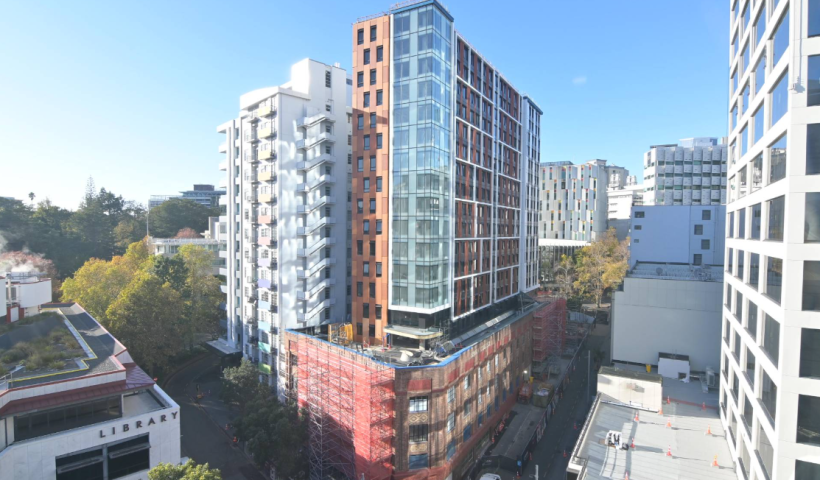
The chemicals used in swimming pools can have an effect on cement-based tile grouts and adhesives. Calcium and sulphate based compounds are the usual offenders which affect the mineralogy of tiling products, however, in recent times there have been some unusual occurrences surrounding cement-based grouts being used in pools containing “mineral salts” and Magnesium Chloride (as opposed to normal salt — Sodium Chloride).
The issues discussed in this article are primarily related to immersed tiling situations, however, surrounding tiled areas that are susceptible to overflow or splashes may show these effects too.
Calcium Hardness
So-called “soft” pool water can be aggressive towards cement-based materials. Why? “Soft” or “Aggressive” water contains low calcium levels (but on the other end of the spectrum, high levels of calcium (200mg/L) in the water can lead to limescale).
So what is the optimum level of “water hardness" and calcium levels in the pool? In order to ensure tile grouts and adhesives won’t be leeched away and to prevent limescale, the recommended calcium level in swimming pools is 90 – 200mg/L.
Sulphates
Cement-based adhesives work by reacting with water to form crystals that lock into pores in the substrate. The crystals formed are considered “mechanical anchors” and their bond is very strong.
When high levels of sulphates come into contact with cementitious products, they alter the chemical makeup of these crystals to form long, thin, needle-like shapes that are weaker than the original crystalline shapes. These expanded, mechanically weaker crystals are more susceptible to chemical attack, and allow deterioration within the cement-based products.
And in pool water with both a low calcium level and high Sulphate level, the corrosion effect is accelerated.
Acidity
The ideal pH value for pool water is 7.5, with the normal range between 7.2 to 7.8 — where 1 is the most acidic, 7 is neutral, and 14 is the most alkaline. The effects of a pool which is more alkaline or acidic than this recommended range are skin and eye irritation, grout and tile corrosion, limescale formation, reduced sanitation from chlorine, and cloudy water.
In order to raise the pH levels of pool water, sodium carbonate or sodium bicarbonate can be added. To lower the pH, Sodium Bi-Sulphate or Hydrochloric acid should be added. Keep in mind, however, that with repeated additions of Sodium Bisulphate, cementitious products become more prone to chemical attacks from increasing sulphate levels.
Magnesium and Other Trace Elements
In recent times, pools have been treated with minerals other than common salt (i.e. sea salt) as the source of Chloride. The jury is still out on the effect that these other minerals have on cementitious grouts and adhesives.
One treatment becoming more common is the use of Magnesium Chloride in place of Sodium Chloride (common sea salt). The issue with Magnesium is in its chemical similarity to Calcium in terms of compounds formed. It is known that Magnesium salts can damage cement-based materials, and we are hearing more cases of powdery cement-based grout in pools with high levels of Magnesium Chloride. In pools which do contain Magnesium Chloride for whatever reason, we recommend the use of an ARDEX Epoxy Grout such as ARDEX EG 15.
Boron is occasionally used in swimming pools for various reasons, sometimes as a pH buffer, or to reduce water hardness. Studies have shown that Boron compounds can inhibit the cure of cementitious materials. We know that improperly cured cement will have compromised properties, therefore in pools that are being treated with Boron, cement-based tiling products must be well cured before any boron-containing material is added.
Chlorine is particularly useful in keeping pools free of algae and other harmful bacteria. Apart from being irritating to swimmers, high levels of Chlorine can bleach coloured grouts. This can be especially noticeable in grouting above and below the waterline, which can end up appearing to be different colours. The recommended level of chlorine in pool water is around 1-2 ppm.
In pools susceptible to bleaching from chlorine, ARDEX recommends white, cement-based grouts such as ARDEX FG 8 or ARDEX FS-DD, and ARDEX Grout Booster should be added to the grouts to prevent staining and efflorescence, and improve adhesion.
Suitable Tiling Solutions
ARDEX recommends the use of polymer-fortified, cement-based adhesives and grouts in swimming pools. ARDEX cements have an increased durability by using sulphate-resistant white cements, and the addition of polymers into ARDEX cements increase the bond strength and reduces the permeability of adhesives and grouts. Suggested adhesives are ARDEX Optima, or ARDEX X 18/X 77 mixed with ARDEX E 90 to improve adhesion and provide a water-resistant mortar.
Non-Standard Pool Treatments
In pools which require more aggressive chemicals, such as Magnesium or Boron compounds, the strength and chemical resistance of Epoxy Grouts are recommended. ARDEX EG 15 is a high-performance epoxy grout which has excellent chemical resistance properties and can be used as both an adhesive and a grout.
For more information on ARDEX Tiling solutions, or to get a grout colour sample kit, contact an ARDEX representative.













 Case Studies
Case Studies








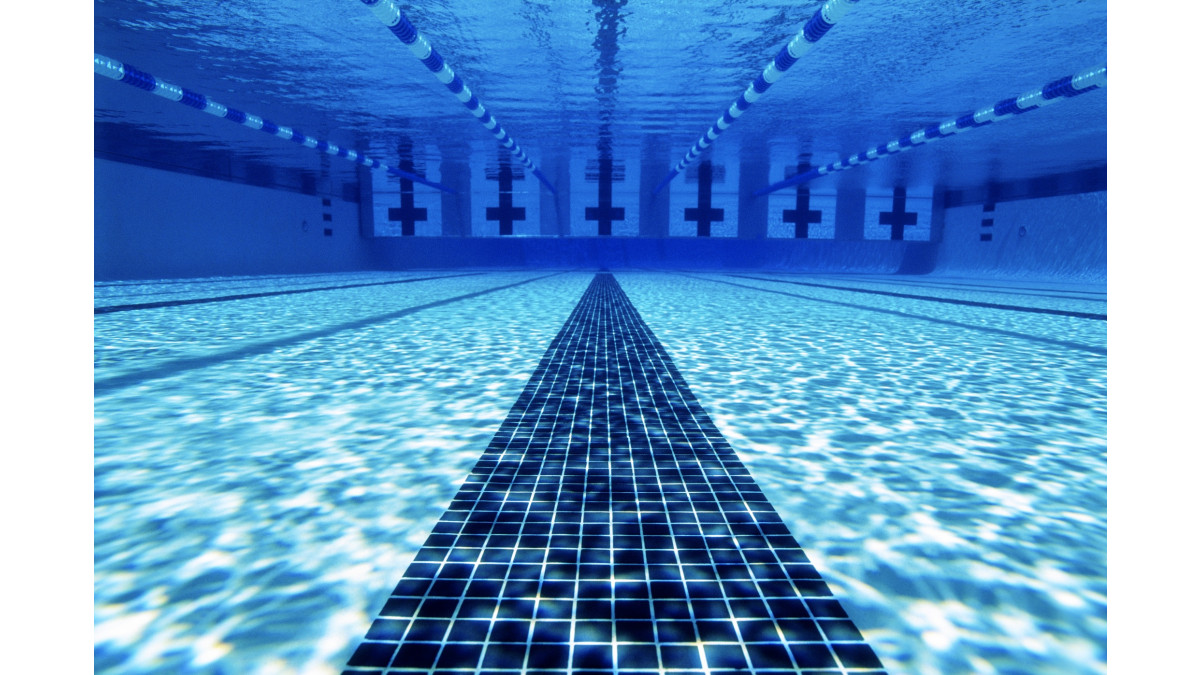




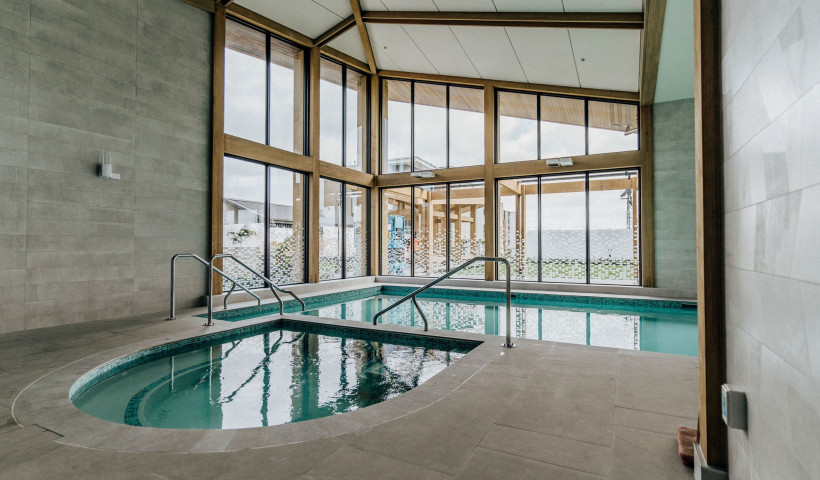
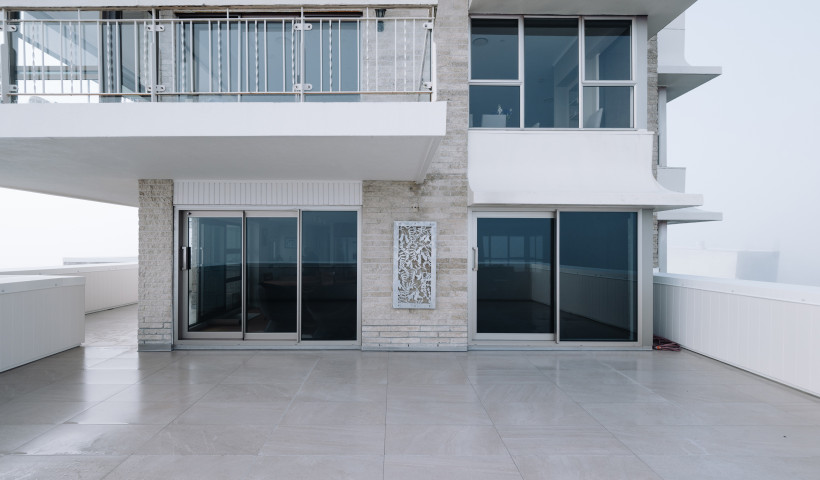
 Popular Products from ARDEX
Popular Products from ARDEX

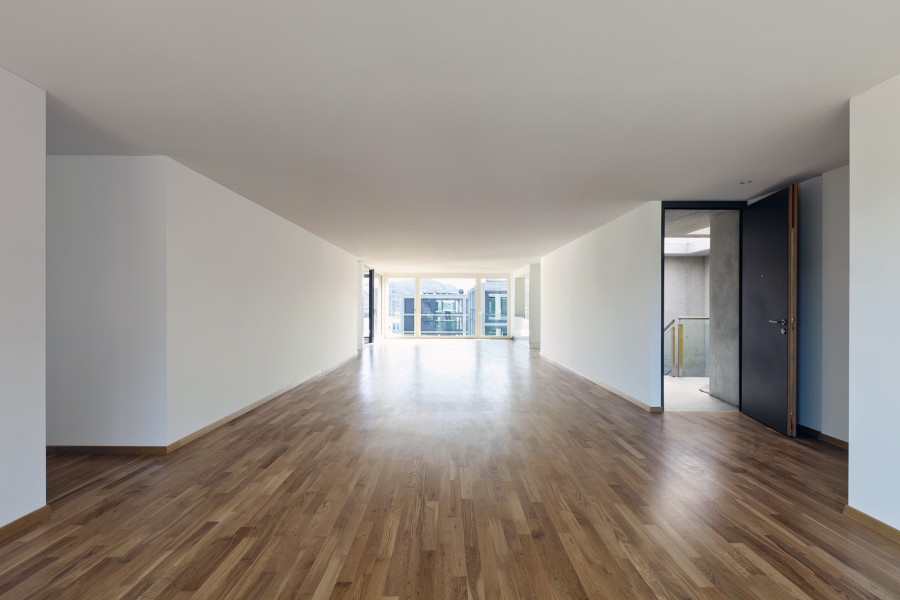
 Most Popular
Most Popular


 Popular Blog Posts
Popular Blog Posts